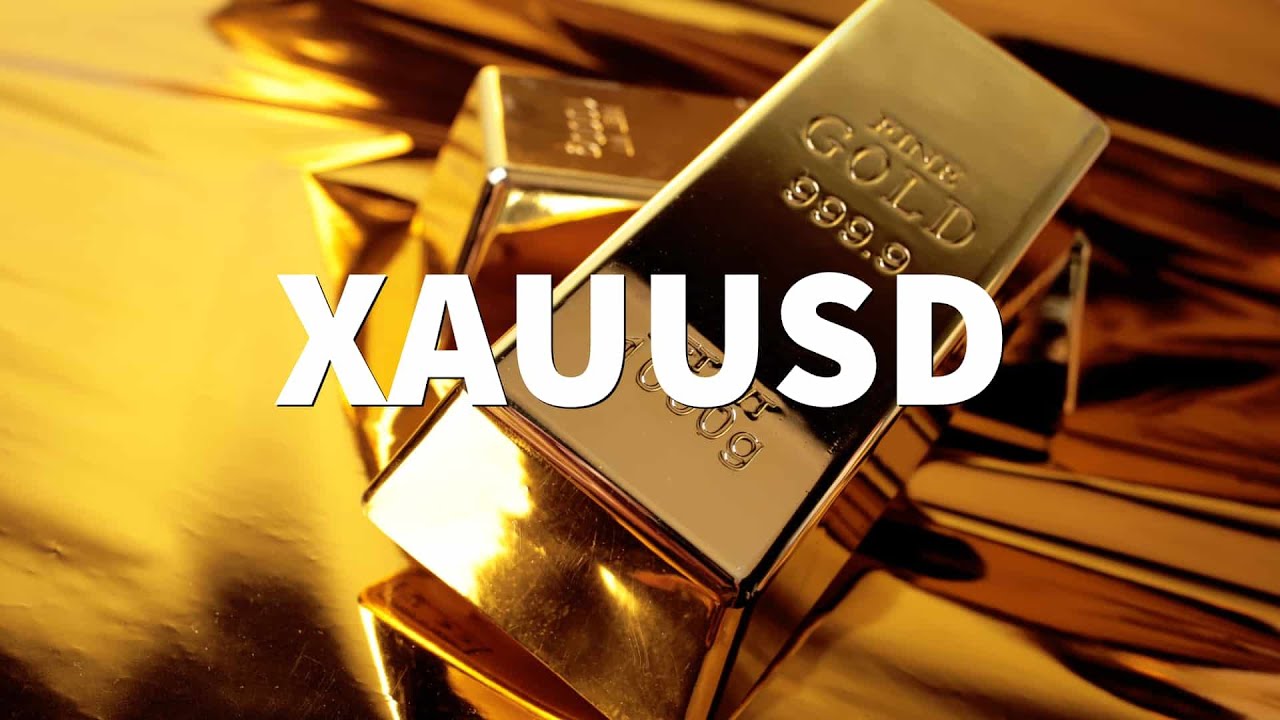5 Reasons to Buy Gold (XAU/USD)
17 September, 2025
Dollar gold prices have increased by 40% since the beginning of the year, and they have been regularly updating historical highs over the past month. This rise is partly due to the 11% decline in the dollar against world currencies, partly due to speculative activity, which is often caused by growing assets. But gold’s growth also has solid fundamentals — let’s look at them in more detail.
Gold is a safe asset
The growing uncertainty in the world is leading to an increase in demand for safe haven assets, primarily gold. Here are just some of the current uncertainties:
- military conflicts,
- trade wars,
- deterioration of political relations between the largest countries,
- concerns about the stability of the economy, the level of public debt and the independence of monetary policy in the United States.
The demand for safe assets is growing — this is noticeable by the influx of funds into exchange-traded ETFs backed by gold, as well as sales of bullion and coins. ETFs are a more flexible investment tool compared to bullion and coins, and therefore more volatile.
Periods of inflow of funds into “gold” ETFs are characterized by an increase in base metal prices:
- I quarter 2011 – I quarter 2012: an increase of 358 tons, gold prices — plus 19%.
- I quarter of 2016 – III quarter of 2016: an increase of 728 tons, gold prices — plus 21%.
- VI quarter of 2018 – III quarter of 2020: an increase of 1,537 tons, gold prices — plus 57%.
It’s the same period now: since the fall of last year, ETF funds have already grown by 510 tons.
Central bank purchases
The freezing of Russian international assets in 2022 brought up risks that no one had considered seriously before. As a result, gold purchases by central banks doubled: from an average annual 509 tons for the period 2011-2021 to 1072 tons for the period 2022-2024.
The average share of gold in the gold and foreign exchange reserves (gold reserves) of the countries of the world has doubled over the past 15 years, to 22%. The spread by country is significant: from 7% in China and Japan to 75-78% in the reserves of the USA, Germany, Italy, France and 90-91% in the reserves of Bolivia and Venezuela.
China has been the largest buyer of gold among the world’s central banks in recent years. In 2022-2025, China accounted for 11% of all Central Bank purchases, or 352 tons. The share of gold in China’s gold reserves doubled during this period, from 3.3% to 6.8%, and the volume increased from 1948 to 2,300 tons.
India has also announced plans to sell US bonds and switch to gold. Currently, there are 880 tons of gold reserves in this country, or 13.2% of reserves.
Interest rate cut by the US Federal Reserve
Historically, interest rate reduction cycles in the United States have been accompanied by rising gold prices:
- July 2007 – December 2008: the rate was reduced from 5.25% to 0%, gold prices increased 3-fold to $1,885 per troy ounce by September 2011. The period of low rates persisted until the end of 2015.
- June 2019 – May 2020: the rate was reduced from 2.4% to 0%, gold prices increased by 64% to $2040 by August 2020.
- As of September 2024, the rate has been reduced from 5.25% to 4.25%, and a further 0.25% reduction is expected this week. Gold has increased by 40% since last September.
Analysts’ forecasts
The rise in gold prices this year has forced analysts to raise forecasts. From current values, the growth can be up to 8% in dollars. A number of investment houses are already expecting a rise above the $4,000 per ounce mark.
